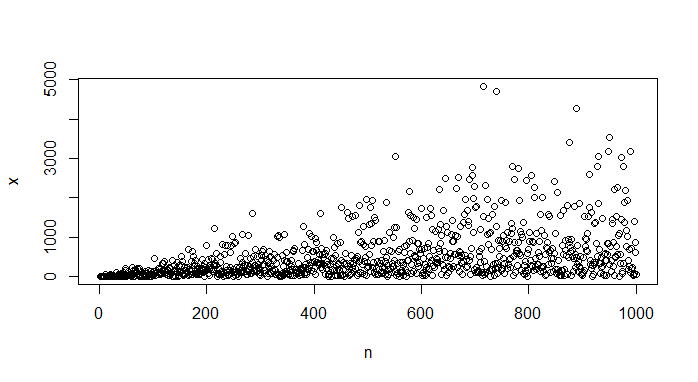I want to simulate a vector x in R with 1000 entries. The j'th entry comes from a exponential distribution with density
$$ f_{j}(x)=j \beta e^{-j \beta x}, x>0 $$
Let us just say that $\beta=2$.
So the first entry in x comes from an exponential distribution with density $$f_{1}(x)=1 \beta e^{-1 \beta x}, x>0$$
The second entry in x comes from an exponential distribution with density $$f_{2}(x)=2 \beta e^{-2 \beta x}, x>0$$
etc.

